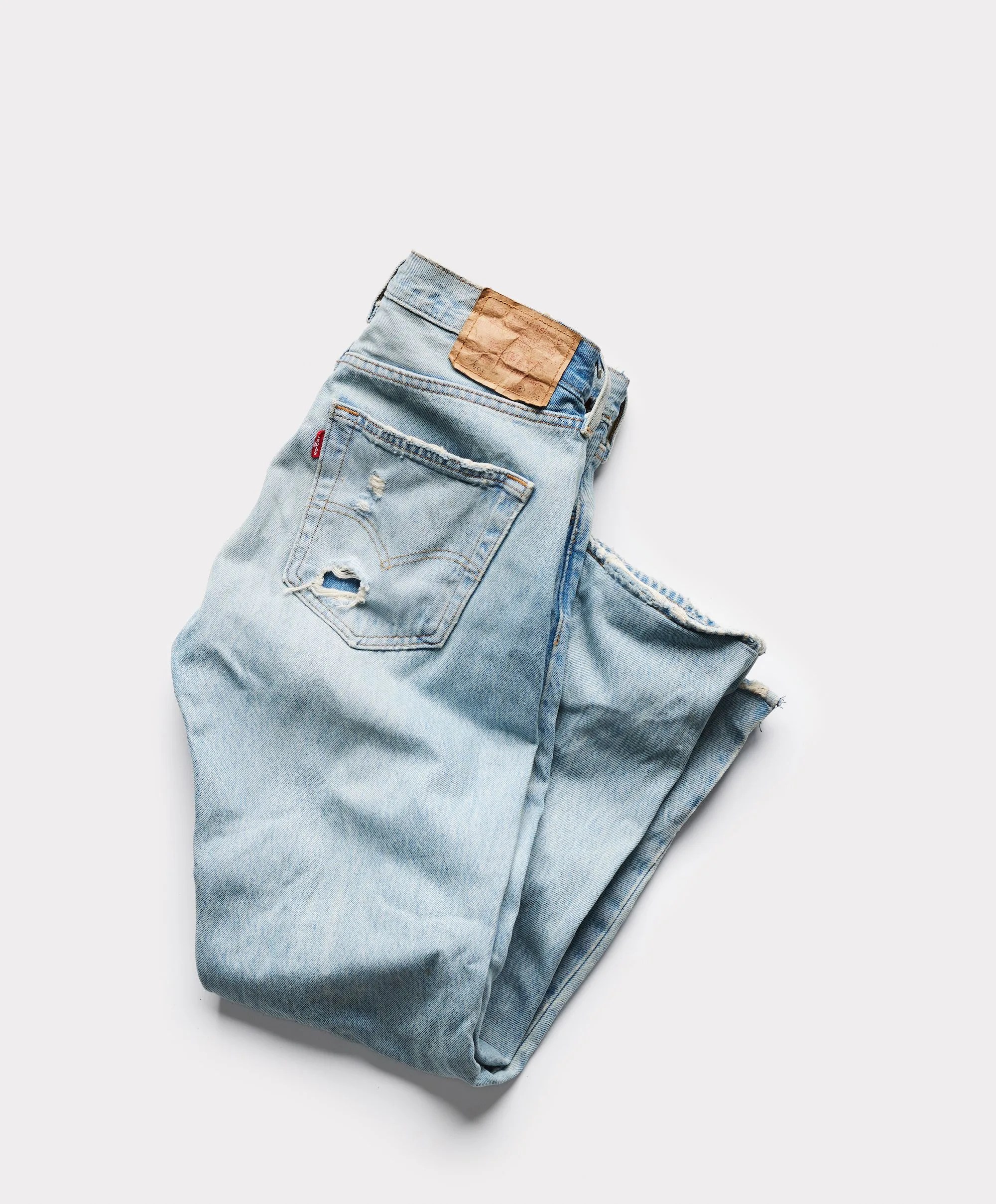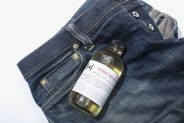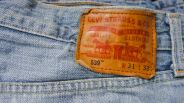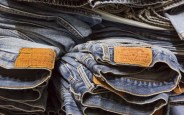Let’s be honest: Unless you’re buying boots or a bespoke leather jacket, longevity is rarely an emphasis at the point of purchase — at least in fashion. How else is H&M or even Buck Mason going to make money? You buy something, like it and come back for more and more and more — that’s the fashion brand business plan.
In fact, fast fashion brands — H&M, Zara, ASOS — basically bet the stuff will break, and they turn their inventory so often you can’t even exchange what does deteriorate. It’s a problem, and our collective clothing waste certainly isn’t going down, even in spite of improved, and often widespread, sustainability initiatives. Each year, the average person throws away about 81 lbs of old clothing. In total, that’s literal tons — an estimated ~13-30. “What about recycling them?” the eco-friendly always advocate. Well, more than two thirds of it isn’t even recyclable to begin with.
Brands and consumers alike should get familiar with the concept of long-term ownership — even across actual owners. If someone shops (as often as they can) with the intent to own the thing for the rest of their life, they’re less prone to toss is in a year’s time. With long-term ownership front of mind, even if they did grow out of or tired of it, they wouldn’t dare just discard it. They’d fine a new home for it, even if that is a thrift store or resale shop (like Buffalo Exchange).
That’s what Levi’s hopes its shoppers are doing with their jeans, especially the 501, which, as we know it now, has been around since 1947. (But even longer if you’re just going off the name — 1890 to be exact.) With its new Buy Better, Wear Longer campaign, Levi’s shows just how a pair of jeans bought in 1975, for example, could end in the hands of a completely different person in 2022. You see the raw pair slowly fade, how holes were earned and when and where patches were ironed on and eventually removed. It’s fun and a refreshing reminder of how little has changed, at least for blue jeans.
Sure, arguments could be made that the jeans made then are far superior to those made now — I don’t know if I’m buying them, though — but this campaign is both a “plea and a promise” from Levi’s, the brand says. Yes, it’s encouraging customers to have better shopping habits but also pledging that they’ll make products that are better for the environment and more cost effective for you, too (i.e. longer-lasting). Wouldn’t it be cool if someone was wearing your jeans (from now) in 2062?
“The campaign speaks to Levi’s legacy, durability, and appeal to a broad global audience,” Karen Riley-Grant, Global Chief Marketing Officer, says. “A pair of Levi’s ages beautifully, engaging generation after generation, with a few tweaks and changes. Timeless and versatile, yet fashionable — no matter the decade. This message is more relevant today than ever before, when we’re all thinking how we can contribute to a more sustainable future.”



